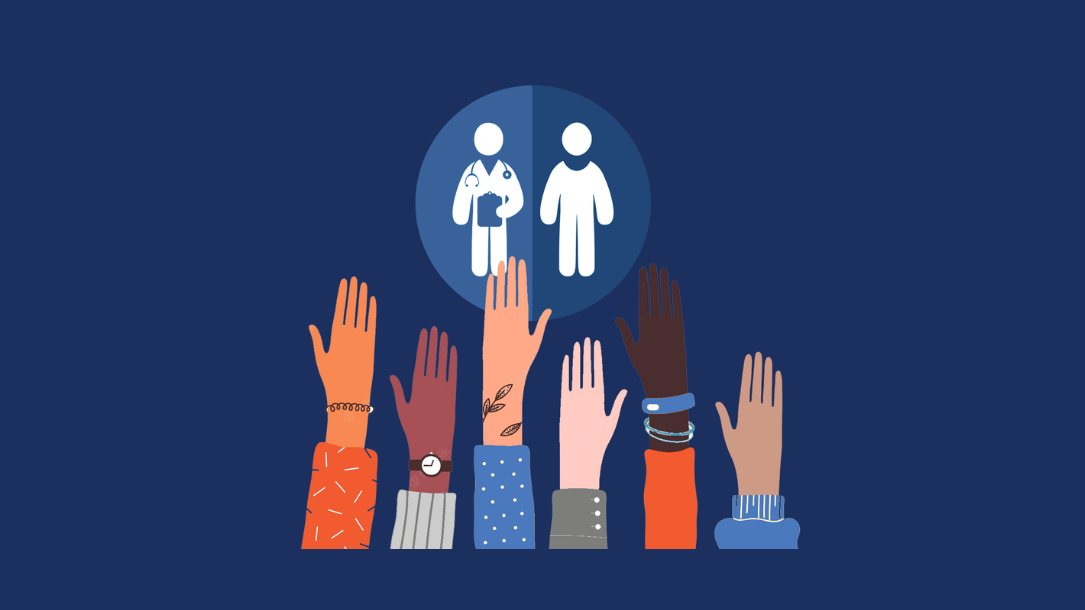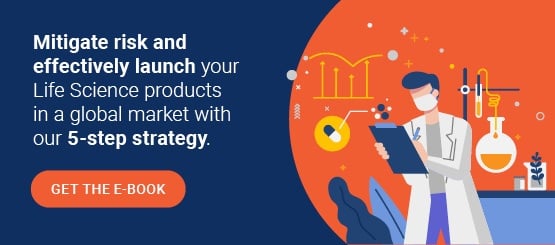In April 2022, the U.S Food and Drug Administration (FDA) released guidance requiring sponsors to create diversity plans to improve enrollment of underrepresented populations in clinical trials. Although the guidance is clear and comprehensive, the path forward is not.
On paper, the diversity plan looks ambitious but achievable. In the real world, however, reaching enrollment goals is complicated. Sponsors may need to overcome barriers of mistrust, inaccessibility, and unreachability.
Enrolling and retaining underrepresented populations will require partnerships that offer comprehensive language and cultural solutions. Partners must provide culturally relevant language support throughout the process, from planning to implementation.
Language barriers limit representation
Participant demographics are often relatively homogenous, meaning data from clinical trials may not reflect the target audience who will use the product when approved. Underrepresentation in biomedical clinical trials is a huge issue, particularly when a drug or medical device treats a condition that disproportionately affects diverse populations because sponsors miss out on critical information and may rely on faulty generalizations.
Unfortunately, increasing representation in clinical trials is a complex issue. Underrepresented populations can mistrust the clinical trial system for historical reasons and experience linguistic and cultural barriers to accessing and completing studies. As a result, researchers may struggle to enroll and retain people with limited English proficiency (LEP) because of fumbled outreach attempts, misunderstandings over informed consent, and difficulty communicating trial logistics.
FDA diversity plan components
Overcoming cultural differences and language access challenges is key to creating an effective diversity plan. From developing a comprehensive strategy to implementing actionable items, sponsors must engage directly with communities, always considering language and culture. Partnerships with companies such as United Language Group (ULG) make effective engagement possible.
The FDA provides an overview of everything to include in a diversity plan in their online guidance. To get you started, though, we’re breaking it down into three basic parts:
Part #1: Research
Diversity plans must begin with research on how your drug or device will affect underrepresented populations in the U.S., such as those who identify as Black or African American and Hispanic/Latino. Research includes gathering data on responses to drug exposure (pharmaceutical trials) and medical device performance (device trials). You must also review other factors that may affect your product’s safety and effectiveness for diverse populations. For example, skin pigment may complicate trials for a medical device to detect skin cancer.
Once you begin to put together the specifics of your plan, it’s a good idea to develop a customer profile to help identify demographic data so you can tailor your messaging to your diverse audience.
Part #2: Scope
After you have developed an understanding of your product’s potential impact on underrepresented populations, you can move on to developing a plan to ensure your product is safe and effective for all participants throughout the entire development life-cycle. The scope of the diversity plan must encompass all of your intended trials and study design.
Diverse populations will need language support through each trial stage—from recruitment to enrollment, testing, and offboarding. Providing translated marketing and education materials and onsite and over-the-phone interpretation to answer questions or navigate potential health concerns is critical at this stage.
Part #3: Specifics
The final element of a diversity plan includes the actionable items you intend to take to increase representation responsibly. Detailed diversity plans will need outreach, incentives, and operational strategies. Consider the following questions:
- What are your goals for enrollment based on research and project scope?
- What steps will you take to get there?
- How will you measure success to ensure you meet your goals?
- How will you communicate with your diverse participants?
For example, you may create the goal of enrolling more Hispanic/Latino people in your study. The next step would include hiring interpreters and creating bilingual content. After that, you could name a larger percentage of Hispanic/Latino people in participant demographics to measure your success.
The specifics are where partnerships come in especially handy. At ULG, we have an entire toolbox of available linguistic resources. You can pick and choose what works best for your specific trial. The perfect solution to a language challenge may be interpreters onsite or video, or both. It may be creating informed consent in three different languages or customizing the user experience of an app to be culturally appropriate. Partners offer specific solutions you can name in your diversity plan.
What this means for your trial
Although the diversity plan may initially sound like an educational exercise, it has practical implications on trial timelines and development.
Timeline
Since the FDA is prioritizing the diversity plan, they recommend sponsors begin research immediately and submit plans as soon as possible. The submission cutoff for pharmaceutical companies is no later than when sponsors start requesting pivotal trial feedback. The FDA requests medical device companies include diversity plans in their investigational device exemption (IDE) applications.
Partner with experts
ULG offers practical solutions as a top life sciences translation services provider to help you reach your enrollment goals. We know languages, and we also know healthcare. For example, ULG interpreters and translators work to connect the right words in different languages and ensure the meaning comes across. ULG has the bilingual liaisons you need to shepherd LEP populations through the clinical trial process, ensuring you can meet and retain enrollment goals.
Learn more about ULG's clinical trial translation services.



